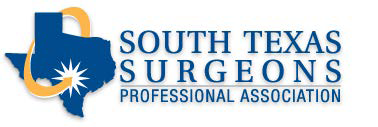Gastric Sleeve vs Lap band
The Lap-band became very popular over 10 years ago as a safe, reversible alternative to the gastric bypass for weight loss. While the gastric band is still a viable alternative for many patients, the gastric sleeve has gained popularity over the last several years. This report addresses some of the differences and similarities between the procedures. The Lap-band is an adjustable device placed surgically at the top of the stomach to help control hunger and portion sizes. It is almost always performed as an outpatient, with the patient going home the same day. Recovery is very quick, with most patients returning to work in less than a week. There are very few dietary restrictions following surgery, although most patients eat slowly and avoid bread and tough, fibrous foods. Complications requiring further surgery occur in about 5% of patients, but are usually managed safely with elective, outpatient procedures. Serious complications are extremely rare. Typical weight loss is 1-2 pounds per week. Monthly follow-up with the surgeon is recommended initially after surgery, then decreased to annually after the band is adjusted appropriately.
The gastric sleeve is a permanent operation that removes most of the stomach to create a long, narrow tube. Incisions are very small, comparable to the lap-band. It also works by reducing hunger and controlling portion sizes, without changing the body's ability to absorb nutrients. Most patients spend the night in the hospital, and return to work in about a week. The diet is restricted to liquids and very soft foods for about a month after surgery, but most patients eventually tolerate all foods well in small portions. Weight loss is usually somewhat quicker than with the lap-band. Complications requiring repeat surgery are rare (1-2%), but can be serious and require a longer hospital stay. Follow-up is less intensive, as the procedure is not adjustable.
Drs. Keith Wright and Gerardo Carcamo with South Texas Surgeons in San Antonio have a vast experience with both of these procedures, and are happy to meet for a private consultation to help you pick the operation that suits you best. Call 210-220-1726 for an appointment.
